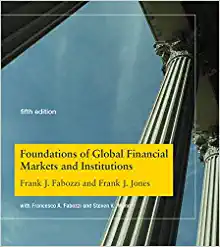Question
In the late 1990s, car leasing was very popular in the United States. A customer would lease a car from the manufacturer for a set

In the late 1990s, car leasing was very popular in the United States. A customer would lease a car from the manufacturer for a set term, usually two years, and then have the option of keeping the car. If the customer decided to keep the car, the customer would pay a price to the manufacturer, the "residual value," computed as 60% of the new car price. The manufacturer would then sell the returned cars at auction. In 1999, manufacturers lost an average of $480 on each returned car (the auction price was, on average, $480 less than the residual value).
Suppose two customers have leased cars from a manufacturer. Their lease agreements are up, and they are considering whether to keep (and purchase at 60% of the new car price) their cars or return their cars. Two years ago, Bob leased a car valued new at $18,000. If he returns the car, the manufacturer could likely get $12,600 at auction for the car. Eileen also leased a car, valued new at $19,500, two years ago. If she returns the car, the manufacturer could likely get $9,750 at auction for the car.
Use the following table to indicate whether each buyer is more likely to purchase or return the car.
Buyer
Keep and Purchase Car
Return Car
Bob
Eileen
The manufacturer will lose money (at auction, relative to the residual value of the car) if returns the car instead of keeping and purchasing it.
True or False: Setting a more accurate residual price of each car would help attenuate the problems of adverse selection.
True
False

Step by Step Solution
There are 3 Steps involved in it
Step: 1

Get Instant Access to Expert-Tailored Solutions
See step-by-step solutions with expert insights and AI powered tools for academic success
Step: 2

Step: 3

Ace Your Homework with AI
Get the answers you need in no time with our AI-driven, step-by-step assistance
Get Started


